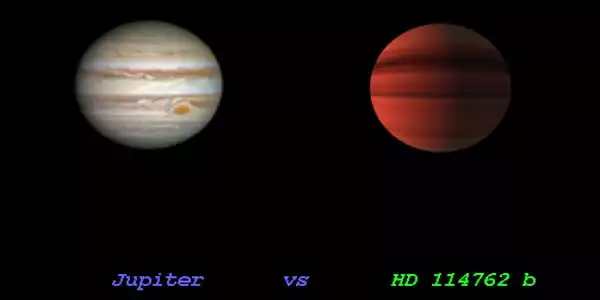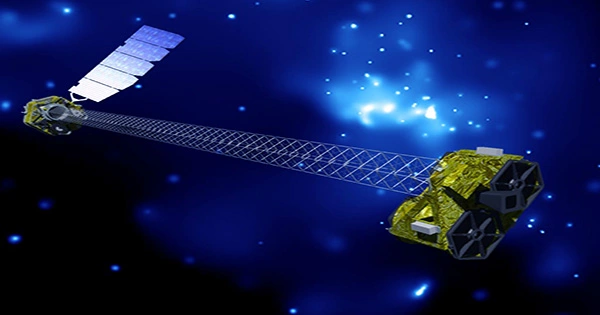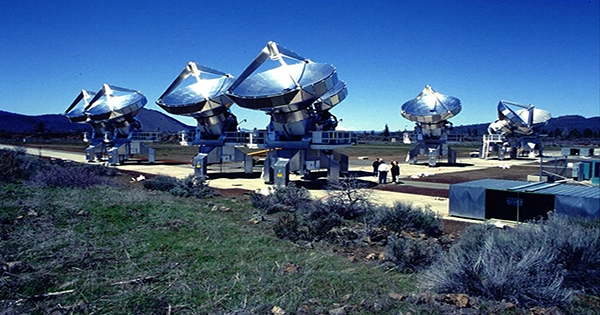HD 114762 b is a small red dwarf star in the HD 114762 system that was previously thought to be a massive gaseous extrasolar planet. It is located approximately 126 light-years (38.6 pc) away in the constellation Coma Berenices. It has a mass of 10.69 Jupiters, takes 83.9 days to complete one orbit around its star, and is 0.36 AU away from it. Latham et al. discovered this optically undetected companion to the late F-type main-sequence star HD 114762 in 1989, and Cochran et al. confirmed it in an October 1991 paper. It was thought to be the first exoplanet discovered. It was announced in 1989 that it had been discovered.
HD 114762 b is a small red dwarf star. It is located approximately 126 light-years (38.6 pc) away in the constellation Coma Berenices. It was announced in 1989 that it had been discovered.
HD 114762 is a triple star system in the constellation Coma Berenices located approximately 126 light-years (38.6 pc) away. It is made up of a yellow-white F-type main-sequence star (HD 114762 A) and two red or brown dwarf companions (HD 114762 Ab & HD 114762 B) that are 0.36 AU and 130 AU away, respectively. They are both low-metal subdwarfs.

The object orbits the primary star every 83.9 days at a distance of 0.37 AU and an eccentricity of 0.57; in comparison, this orbit is similar to that of Mercury but with nearly three times the eccentricity. It was estimated to have a minimum mass of 11.069±0.063 MJ (at 90°) and a probable mass of approximately 63.2 MJ (at 10°) based solely on radial velocity measurements. However, an analysis of the astrometric perturbation of its host star in 2019 revealed that it has an extremely low inclination of only 6.23+1.97-1.26 degrees, giving it a true mass of 107+20-27 MJ and placing it well outside the range of planetary masses (less than 13 MJ).
For a time, HD 114762 b was thought to be the first extrasolar planet discovered, predating the 1992 pulsar planets discovered around PSR B1257+12 and main-sequence yellow dwarf 51 Pegasi. However, now that it has been determined that it is not a planet, the planets discovered orbiting PRS B1257+12 were indeed the first exoplanets discovered.
The object was dubbed “Latham’s Planet” during a celebration of discoverer David Latham’s career, which was attended by his colleagues and collaborators. This name, however, has no official status with the International Astronomical Union.















